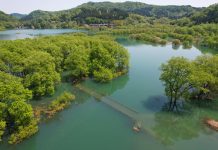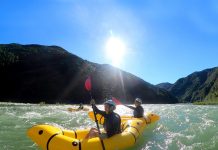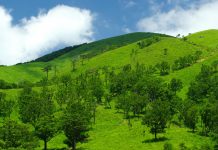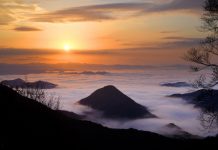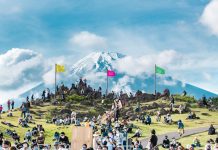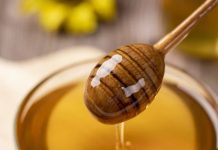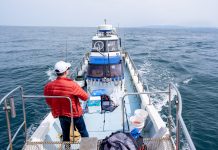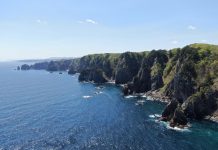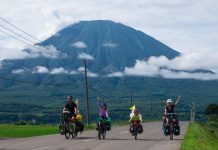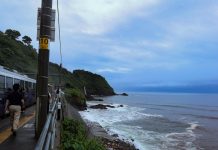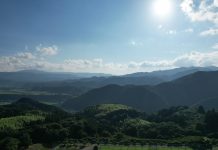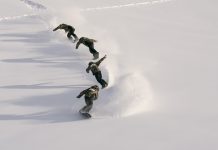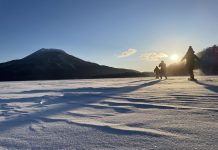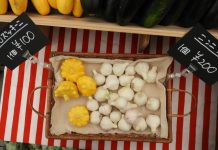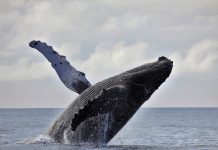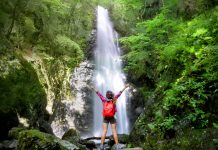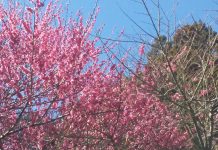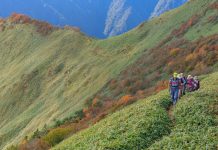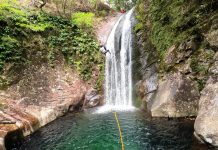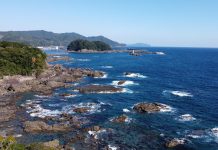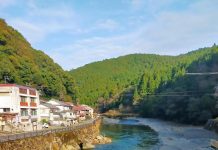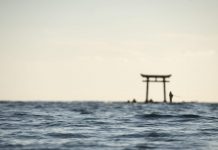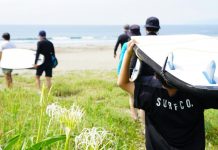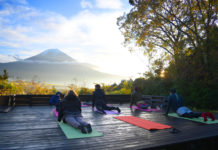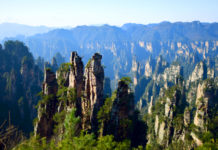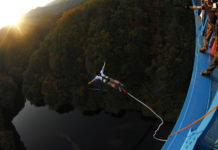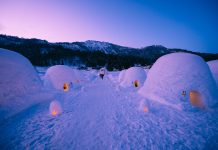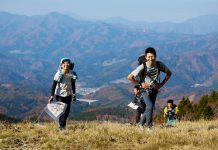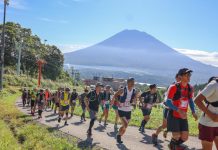According to legend, a poor peasant potato farmer used to wash gold dust from his harvest into a well, a ritual he performed daily for many years. It was from this humble beginning the city of Kanazawa (Golden Marsh) was born.
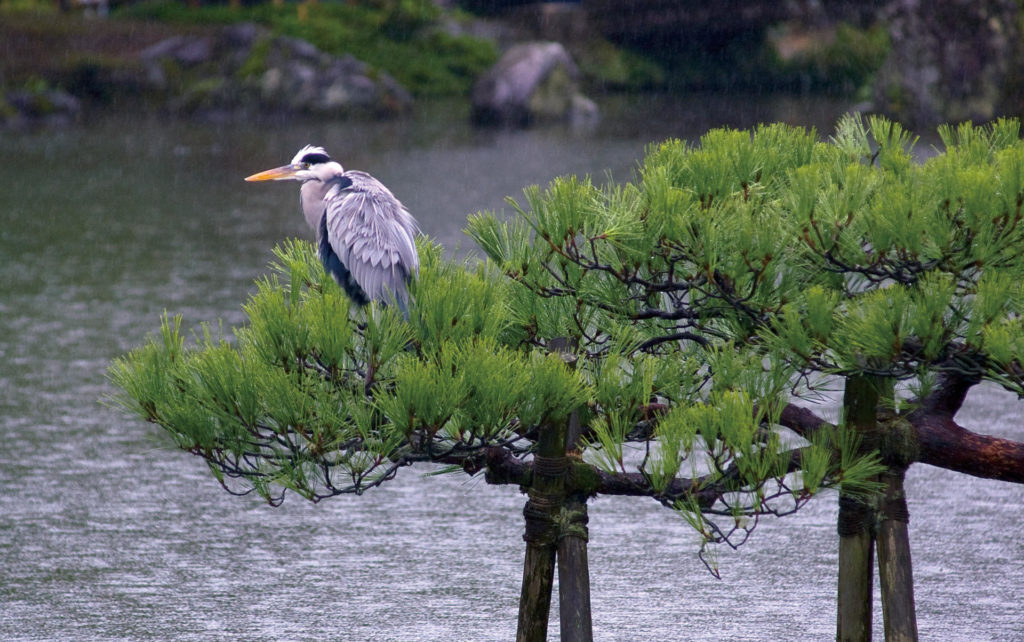
Five-hundred odd years ago, the Ikko sect of Buddhism set up shop in Kanazawa and governed from Gobo Temple until Oda Nobunaga usurped them in 1580. Control of the area was handed over to Maeda Toshiie, a loyal retainer, who went on to build Kanazawa Castle on the former temple site. The district prospered under Maeda’s rule and became the largest fiefdom in Japan, producing five million bushels of rice annually.
The Maeda lords continued to rule Kanazawa and the surrounding lands during Toyotomi’s brief flirtation with history and endured through the long reign of the Tokugawa Shogunate. The Maeda name was synonymous with art and culture, and they became patrons of the many arts and crafts still nurtured there today.
During the Meiji Restoration, Kanazawa became the capital city of Ishikawa Prefecture and the aesthetic began by the Maeda family all those years ago continues to flourish today.
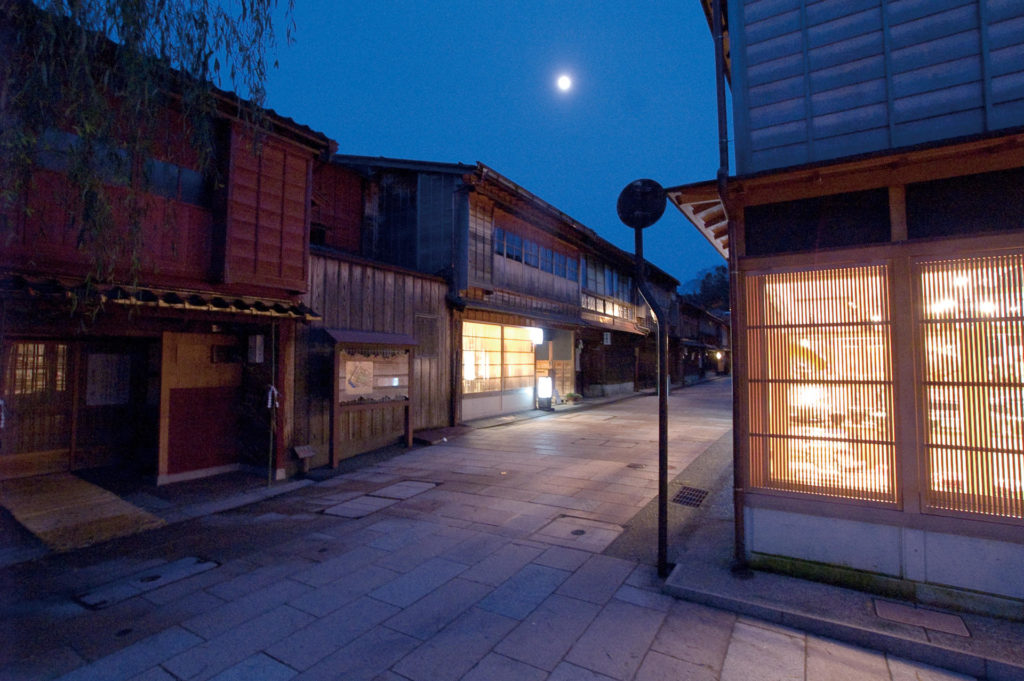
It is said the people of Kanazawa are obsessed with having new things. This perhaps is true. The moment you step off the train into the newly constructed station, you realize this is a town that appreciates fine architecture and lavishness.
The city proper is full of modern buildings housing the latest fashion, gadgets and eating establishments. This budding metropolis is attracting the interest of hoteliers from all over the world, and investment from tourism-related groups is skyrocketing.
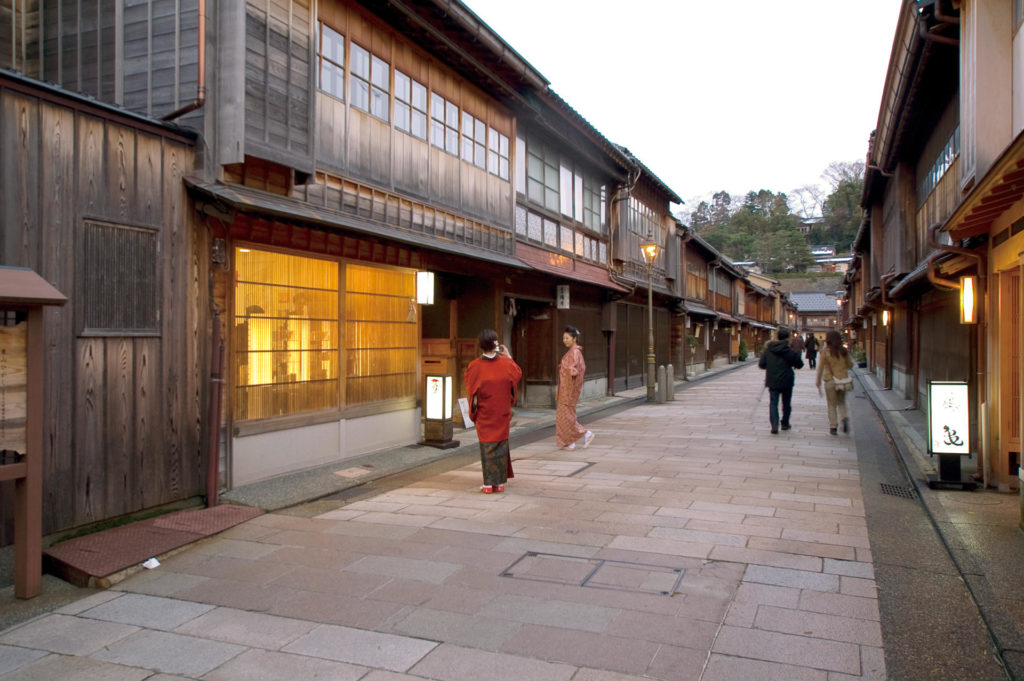 So what differentiates Kanazawa from any other wannabes trying to place themselves on the tourism map? It is not a question of what, but rather a question of how.
So what differentiates Kanazawa from any other wannabes trying to place themselves on the tourism map? It is not a question of what, but rather a question of how.
Take a stroll away from the bright lights of the big city, south past the federation-style government buildings, and you soon wander into Kenrokuen Garden, a park built more than 350 years ago, still in all its former glory. The transition from modern to historic is so subtle, you may not even notice. No garish buildings standing next to a centuries-old shrine; no flashy billboards to distract your eye from what you really came to see. Everything in its rightful place. The Maeda legacy continues.
For the locals, Kenrokuen is the darling of their city. The name literally means, “garden combining six” in reference to the six themes of beauty it encompasses. Stroll at leisure around the 25-acre enclosure, and you’ll be confronted with “extensiveness, quiet seclusion, artificial construction, antique elegance, abundant water and wide prospect.”
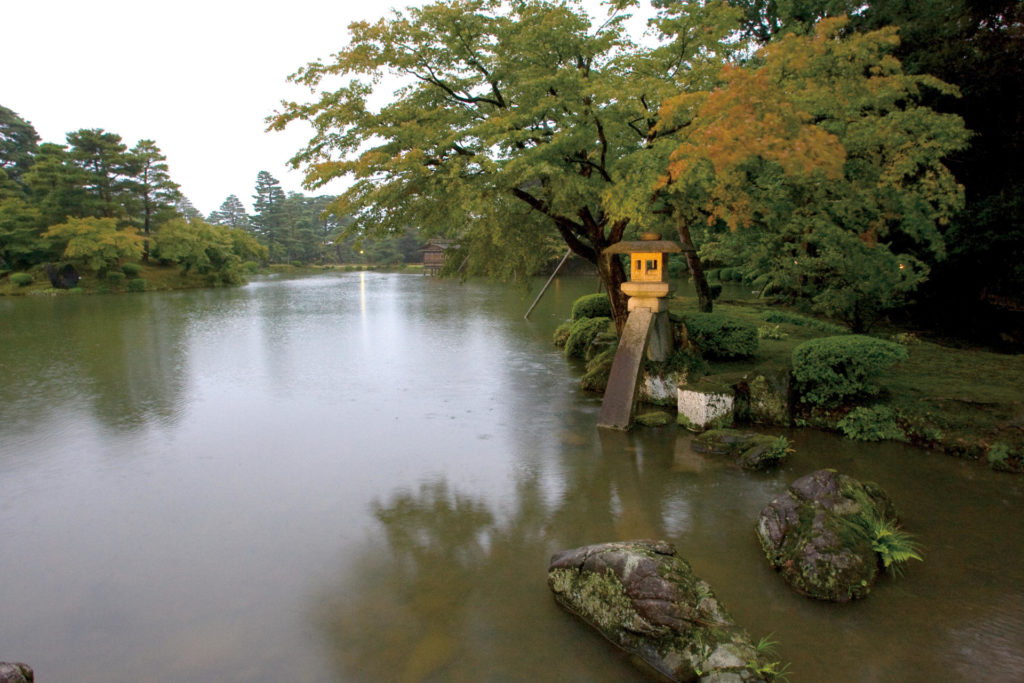
The garden takes on a special character in any of the four seasons and, if you are fortunate enough to see it cloaked in snow, the pine trees with their rope supports (yukitsuri) are particularly picturesque.
Those with a penchant for something less historic and more arty may well find their interest quenched at the 21st Century Museum of Art, Kanazawa’s recent addition (2004) to its growing number of world-class attractions. The gallery attracts exhibitions from all over the globe and is complemented by a fine restaurant and bar.
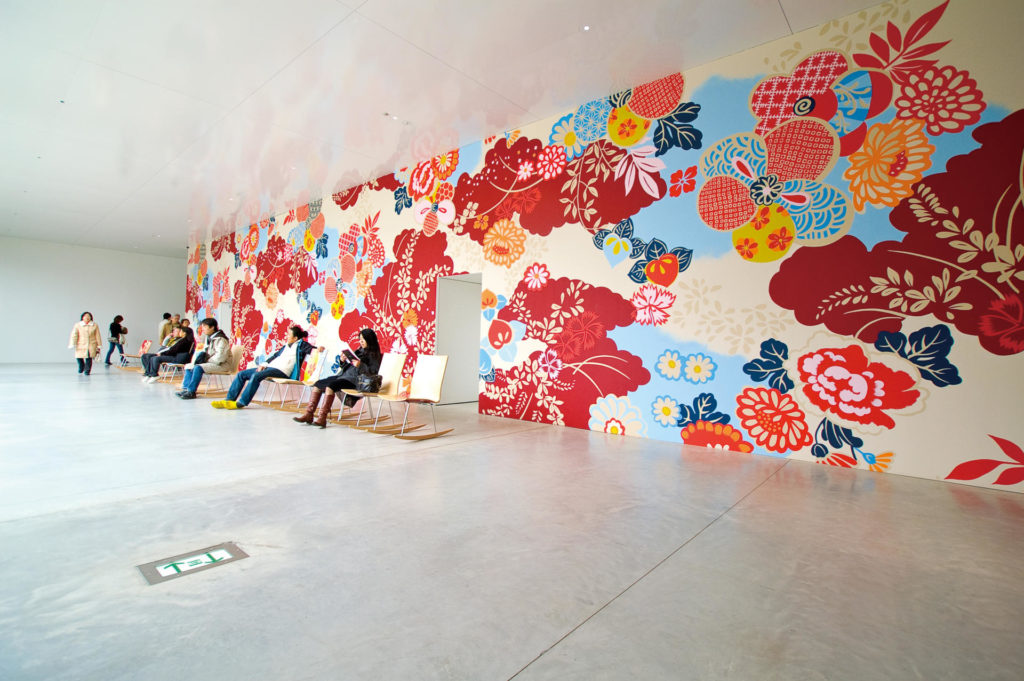
The building itself is quite a showpiece, and within the center of the round structure lies its pièce de résistance, a swimming pool in which one can take a dip—without getting wet!
Head over to the Higashi Chaya District for a taste of Kanazawa during its former glory in feudal times. Local residents have gone to great lengths to preserve the former geisha houses and teahouses. While you might still catch a glimpse of a geisha at dusk, these days most buildings house souvenir shops and small restaurants.
Higashiyama takes on a special charm in the early evening. Stores sell local specialties such as gold-leaf goods, kutani-yaki ceramic ware and fine Japanese lacquerware. It’s the perfect place to shop for mementos or gifts for friends.
Food, glorious food
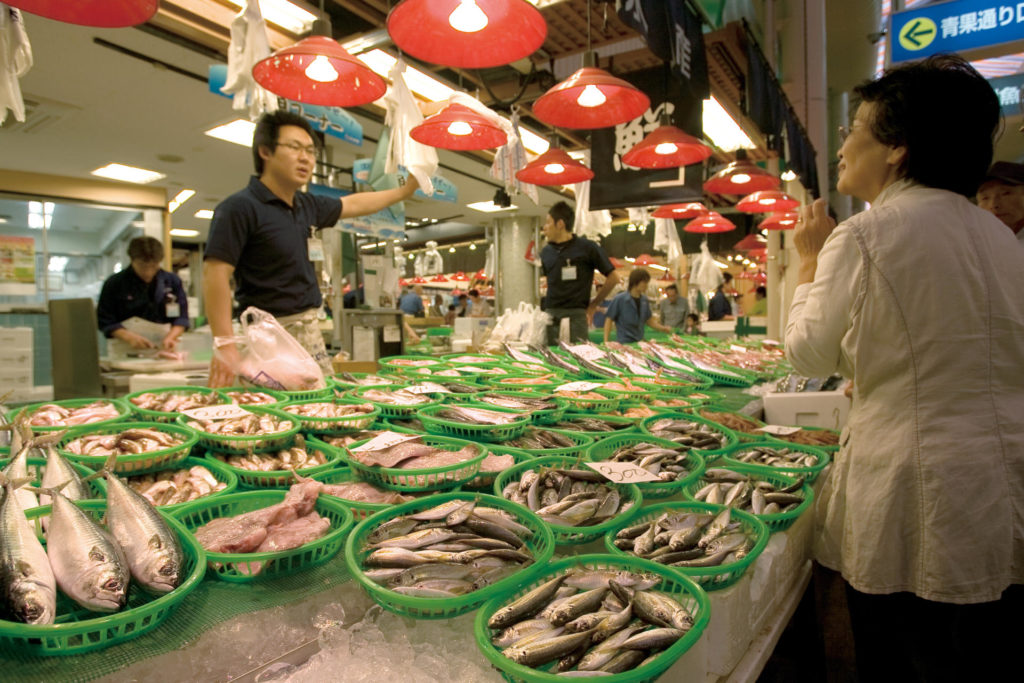
Kanazawa is full of restaurants catering to all tastes. Enjoy everything from local goodies such as seafood and beef to a wide selection of delicacies from overseas.
Get to the Omicho Markets by 9 a.m. and enjoy the throng of vendors and the buzz of shoppers taking advantage of the samples of fresh fish and vegetables.
Or settle into one of the small eateries there and enjoy a banquet of fresh seafood fit for a king, all for a reasonable price. In fact, anywhere you go in the city, food is plentiful, delicious and reasonably priced. Note the markets are closed on Sundays and national holidays.
The best way to enjoy all of Kanazawa’s offerings is to spend a night or two there and meander around at a leisurely place. After all, you wouldn’t rush a trip to heaven would you?
WEB CONNECTION
Kenrokuen: www.pref.ishikawa.jp/siro-niwa/kenrokuen/e/index.html
21st Century Museum of Contemporary Art: www.kanazawa21.jp/en/index.html
Kanazawa City: www4.city.kanazawa.lg.jp
Ishikawa Prefecture: www.pref.ishikawa.jp

